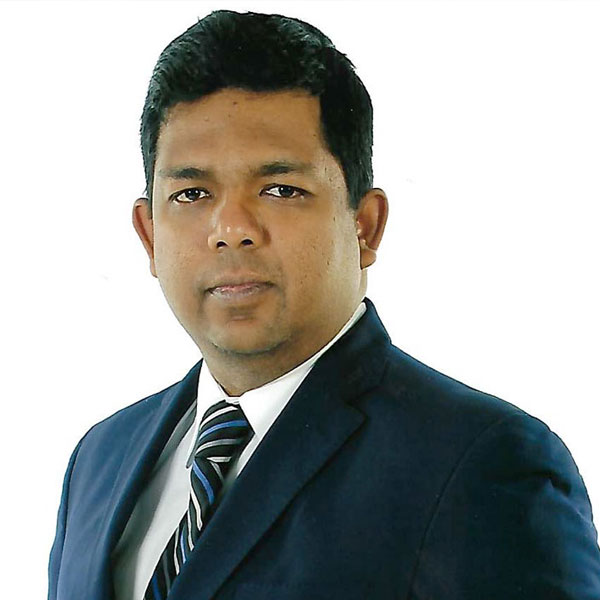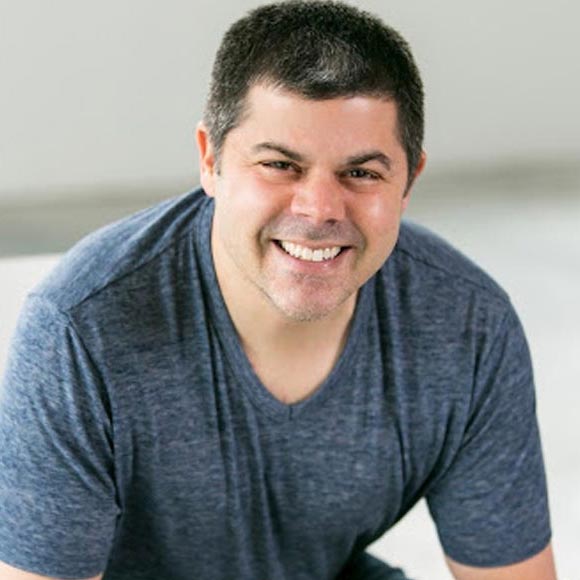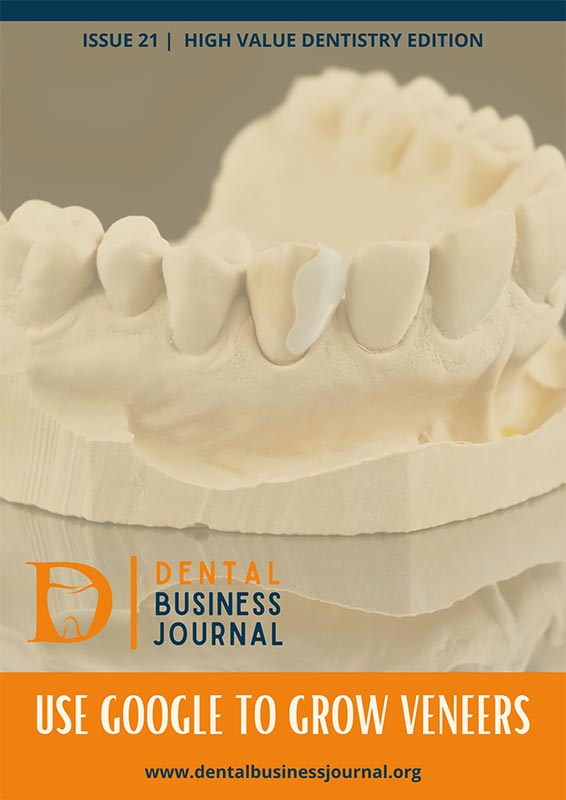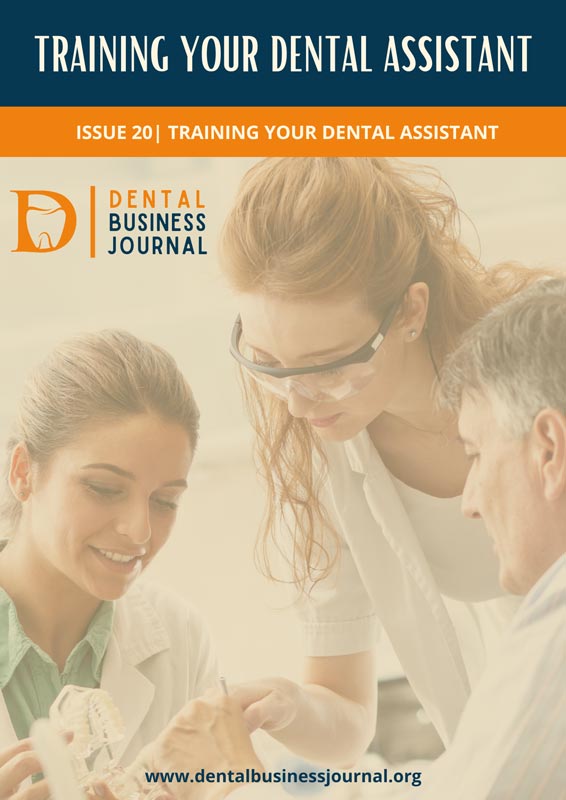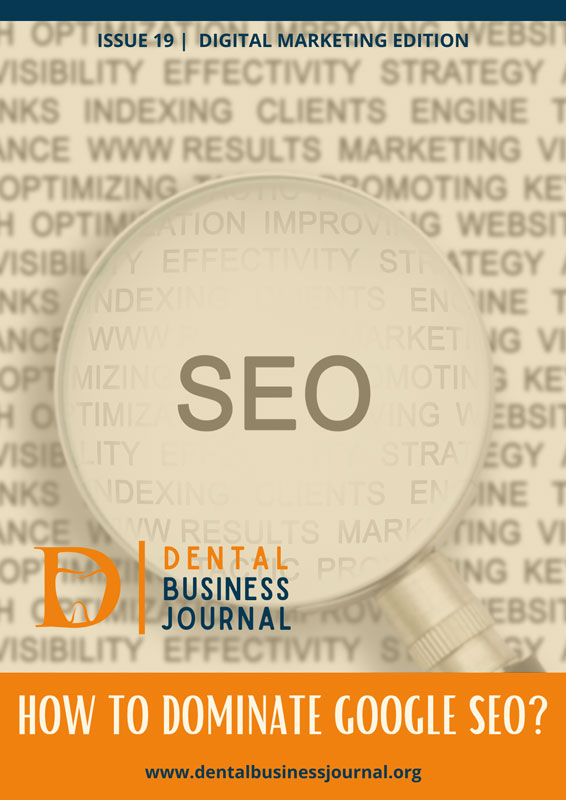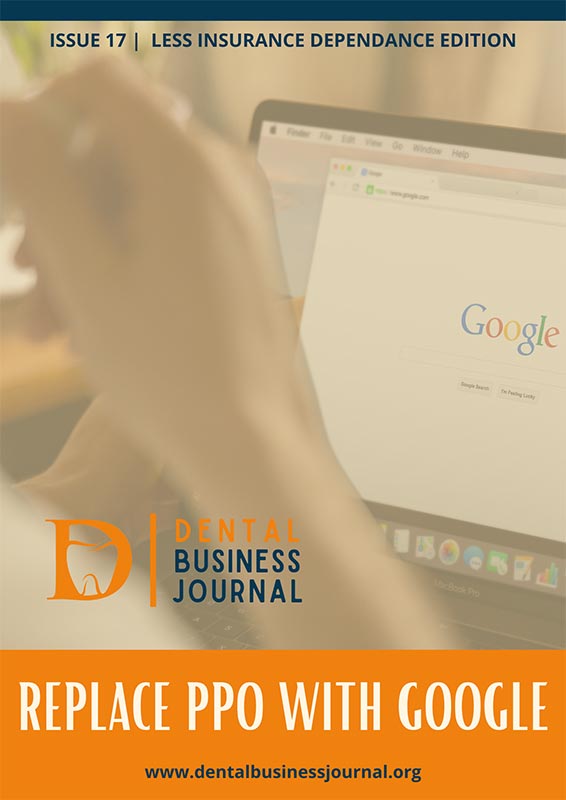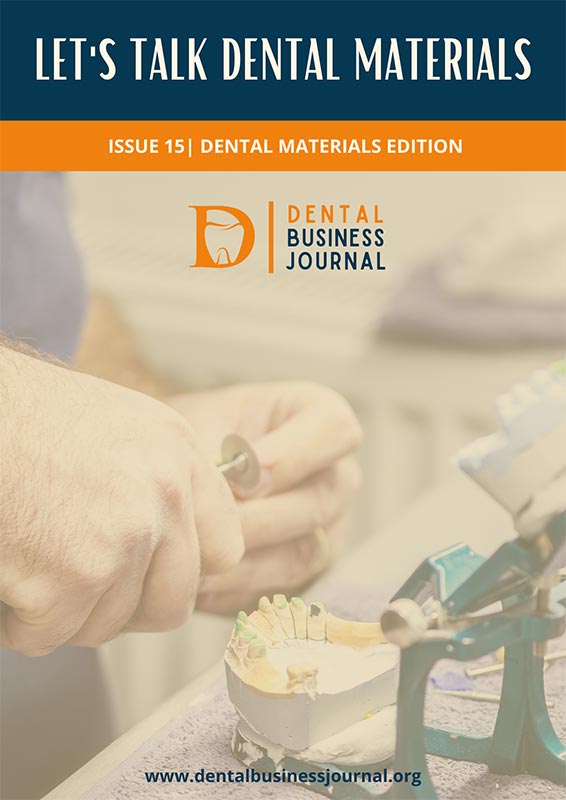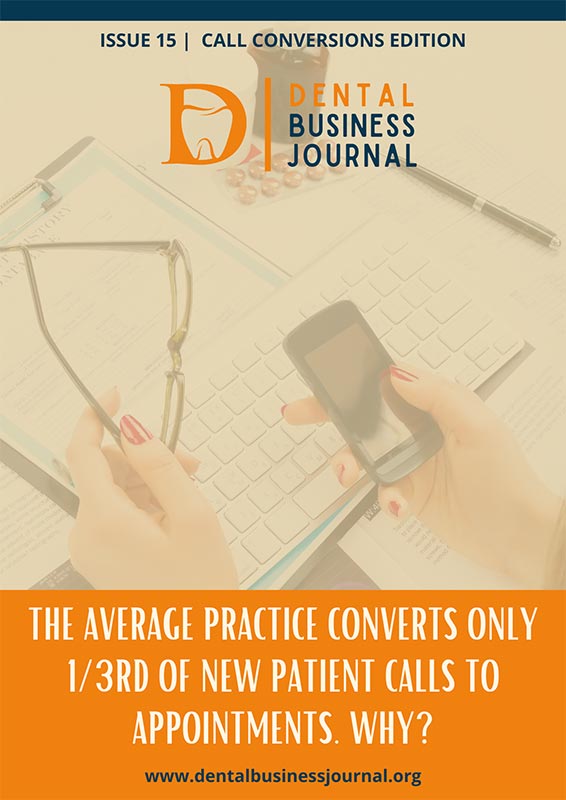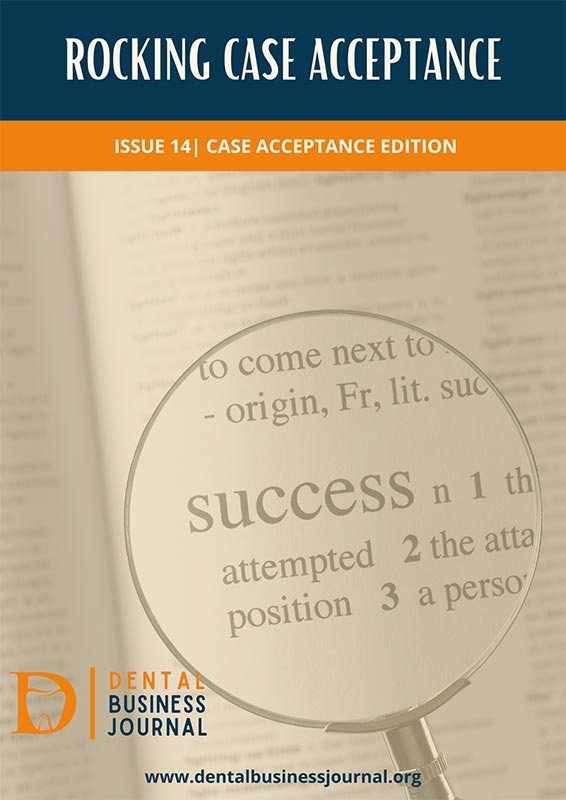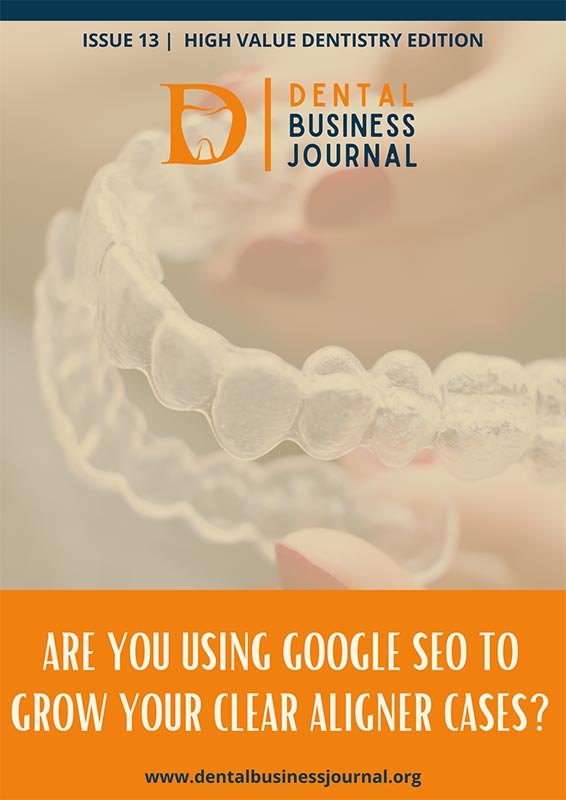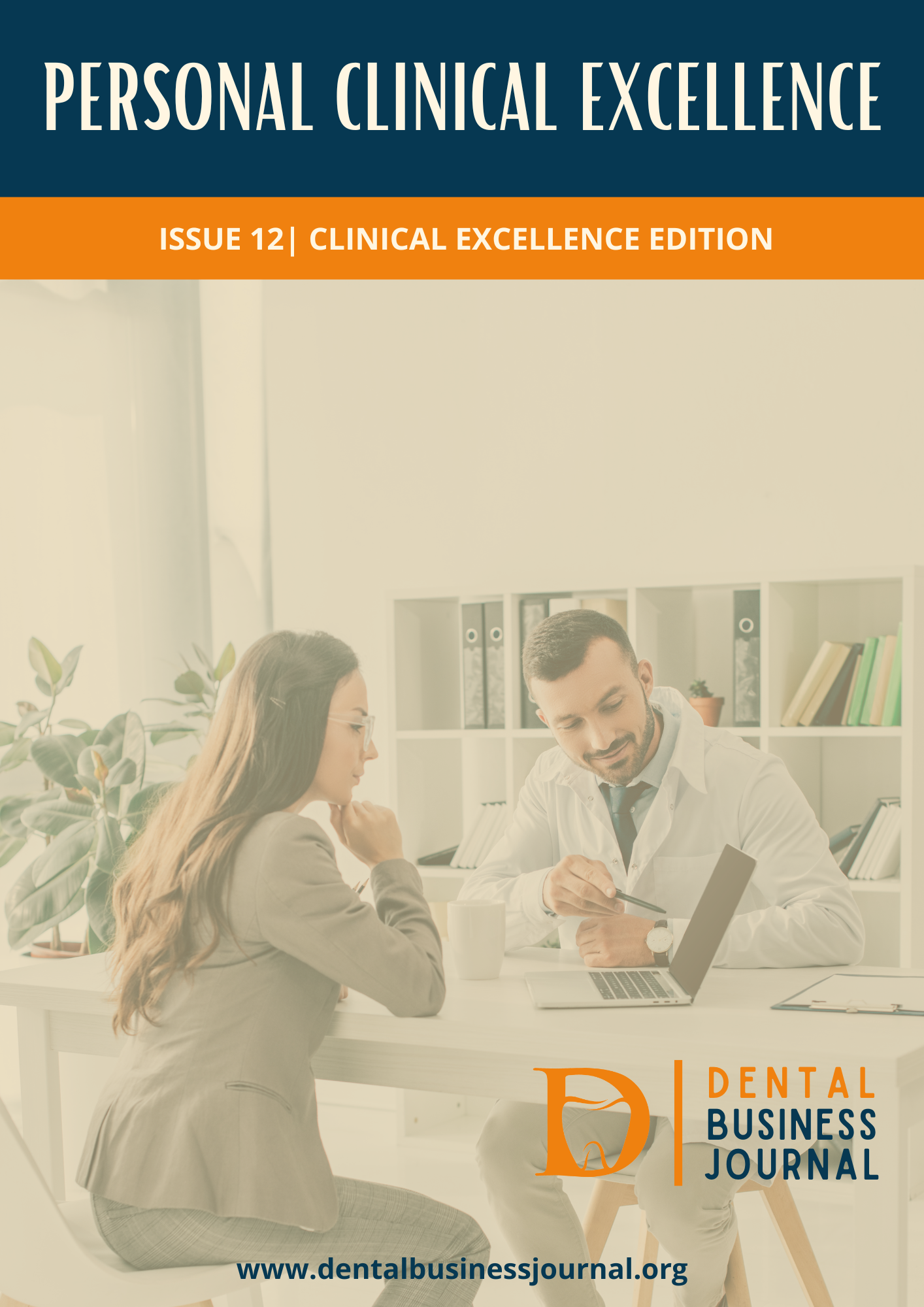How to get your hygiene department firing on all cylinders?
This article aims to guide dental professionals in enhancing their hygiene departments
to be more efficient and productive. It delves into strategies such as encouraging regular communication and feedback, involving hygienists in the co-diagnosis process, being efficient with time, and much more.
Get ready
The morning huddle is crucial to strategize the day for hygiene and the entire staff. It’s a time for everyone to get on the same page, review the schedule, and make notes of important details such as birthdays or who needs extra attention. In addition, it’s important to mark which patients are overdue for treatment and x-rays.
While many may think of hygiene as something planned out months in advance, the reality is that the most critical day in the schedule is “today,” and slightly less but also uber-important is “tomorrow.” During the huddle, analyze the schedule and see who is in the doctor’s column that is overdue for their recall. And vice versa for the hygienist’s columns, check to see what patients have unscheduled restorative treatment that can be added to the dentist’s schedule. The goal is to fill the day’s schedule. So many same-day or next-day opportunities can be picked up from this meeting.
The huddle is also a great time to give a team member a shout-out for their hard work or to read a positive review that a patient left on social media. Announce if any production goals were met or any new technology additions. So start the day off on a positive note. The huddle should take 10 or 15 minutes before the day’s first patient.
My hygiene exam flow
The hygienist will start the hygiene appointment with data gathering, including medical history, radiographs, intra-oral photos, periodontal evaluation, caries detection, oral cancer, and TMD screenings. I recommend they do this. The sooner the appointment, the better. After this, they will alert me through our inter-office messaging system that the patient is ready for an exam. Then they will proceed with the planned prophylaxis and mechanical scaling portion of the appointment.
If there are multiple dentists in the office, it helps to have the hygienist mark which primary dentist is to perform the exam. During the huddle, I also have the hygiene team mark my initials in the appointment notes so I know who to check. Some patients may not be due for an exam or need an exam from a different provider in the office. I don’t have to waste time and go into the room because I know I’m not needed there.
Hygienists are the ones that spend significant time with patients during hygiene visits. They build patient relationships and can formulate their co-diagnose. Therefore, when it is time for the dentist to enter the room and perform their exam, the hygienist can share their findings. It’s a team approach where everyone has an important role. This workflow allows the dentist to come into the hygiene room and be fully briefed on the patient’s oral health or chief complaints. If the dentist comes in too early, it doesn’t give time for the hygienists to do their portion of the co-diagnosis.
Dentists should also use their time wisely, get their patients numb, and then excuse themselves to go and perform hygiene exams. This allows unrushed time for them to see multiple patients in different rooms efficiently.
Time is our most precious asset, Use it wisely
When the dentist examines the patient in the hygiene room, it is crucial to be thorough and efficient. This exam should take at most 10 minutes. The dentist must first and foremost make a connection with the patient. My typical opening line is, “hey, great to see you today. What have you been up to” followed by how are your teeth? Having any issues, concerns, or pain? And then dive into doing radiographic, intra-oral, and extra-oral exams. I quickly make pleasantries with the patient, listen to the hygienist’s shared findings, evaluate, diagnose, review treatment options, and then move on.
Nevertheless, If there is much to cover and everyone is pressed for time, moving the patient into a different room for the rest of the exam or scheduling a further consultation on another day is ideal. You don’t want to rush the exam or clog up too much time in the hygiene room, causing everyone to get behind in the schedule.
Rather than long, exhausting explanations, have the hygienists use visual aids such as videos and pictures to help explain the findings, recommended treatment, and the consequences and risks of not progressing with treatment to patients. The hygiene exam should leave the patient confident that their dental health is being taken care of, that they have been diagnosed thoroughly, and are ready to proceed with treatment.
Clear guidelines
Empowering hygienists to use their clinical judgment and help co-diagnose is crucial. They will appreciate this involvement.
Nevertheless, everyone must be harmonious with the office’s policies. I like to use a shared document of your office hygiene policies, such as when to take x-rays, what to do with x-ray or exams refusing patients, guidelines on recommending periodontal treatment, or when to refer to the periodontist.
Has this been discussed and documented so there is no loss of time due to unclarity? This is especially helpful for temporary or new staff.
Conclusion
By starting the day with a morning huddle, having clear policies, open communication, and allowing for co-diagnosis, dentists and hygienists can ensure that everyone is prepared to fire on all cylinders and provide the best possible care to their patients in an efficient manner.
Do you want to listen to the official podcast episode of this journal?
Watch the full interview on YouTube!
Subscribe and get notified of more episodes like this!
